June 10, 2021 will bring an Annular Solar Eclipse to a large part of Canada. It will be visible throughout the Territories and most of Manitoba all the way to the Atlantic Ocean!!
We cannot stress this next part enough: DO NOT LOOK DIRECTLY INTO THE SUN, ESPECIALLY DURING A SOLAR ECLIPSE. DO NOT POINT YOUR CAMERA AT THE SUN WITHOUT ENOUGH ND FILTERS TO PROTECT YOUR SENSOR.
You can burn a hole in your retinas and/or your imaging sensor when not taking the necessary precautions whilst photographing the Sun. You will more than likely not be able to use your viewfinder to compose images – Live View should work perfectly, after you have installed your filters.
Kenko created a handy PDF with lots of details and some tips.
The key to capturing perfect images of the solar eclipse is to use the right filter. In the past, I’ve used special solar filters designed for telescopes. They aren’t as optically correct as a photography filter due to the difference in resolution. For this image, I used the equivalent of ND100,000 filters on my Tamron 150-600 G2, plus Tamron 1.4x and 2.0x teleconverters and Kenko 1.4x and 2.0x teleconverters.
Why not stack filters?
I often stack filters – especially an ND1000 on top of a circular polarizer. C-POL normally only give you 1 to 1.5 stops of light darkening. Stacking filters multiplies their effect. Therefore, ND1000 plus C-POL will still only give me a maximum of ND1,500. To get close to the light blocking required for solar eclipse photography, I need to add an ND16 or stronger to my ND1000. That’s an equivalent of ND16,000 or 14 stops. That’s a useable combination. However, if want to use a wide angle lens, I run the risk of vignetting from the two filters. No matter which lens I’m using, there’s a further risk of reflections and double images.
Thankfully, for this June, I’ll have an optically perfect Kenko Pro ND100,0000 filter. ND100,000 is the equivalent of just over 16.5 stops of light. To put this into photographer’s perspective, if your ISO and Aperture remain the same, you would have to use a 256 second/4.25 minute exposure with ND100,000 to match a 1/400s exposure without the filter!!
This filter will allow you to photograph the entire solar eclipse without having to remove the filter. You can keep your aperture set to it’s sharpest – usually f/8 to f/11 – and adjust your shutter speed from 1/2000s down to 1/200 (ISO100, f/8). The Pro ND100,000 is a very versatile solution for any photographer who wants to capture a range of images of the solar eclipse.
Is the Sun the only thing I can photograph with ND100,000?
Absolutely not! I spent a day wandering around Oshawa taking photos with exposure times from 3 to 5 minutes, such as this waterfall.
I also took this image of Highway 2/King Street in Oshawa on a busy weekday. It’s a 300 second exposure in the middle of the day. If you look closely, you can see the two cars ghosted at the traffic lights.
The creative opportunities afforded by using one single filter that blocks 16.5 stops of light is astounding. I look forward to getting up early the morning of June 10 as I have a location picked out. Fingers crossed for clear skies! Share your photos to our Facebook and Flickr pages!
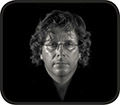
About the Author – Will Prentice (www.capturaphoto.ca) is a professional photographer based out of Whitby, Ontario and Brand Specialist – Lighting for Amplis.



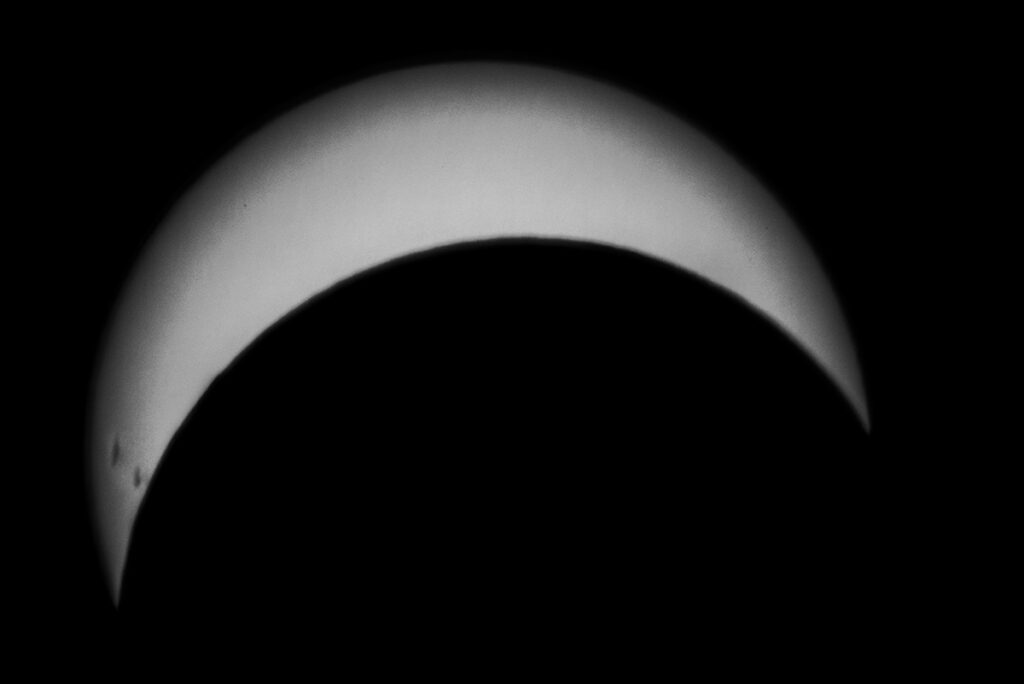
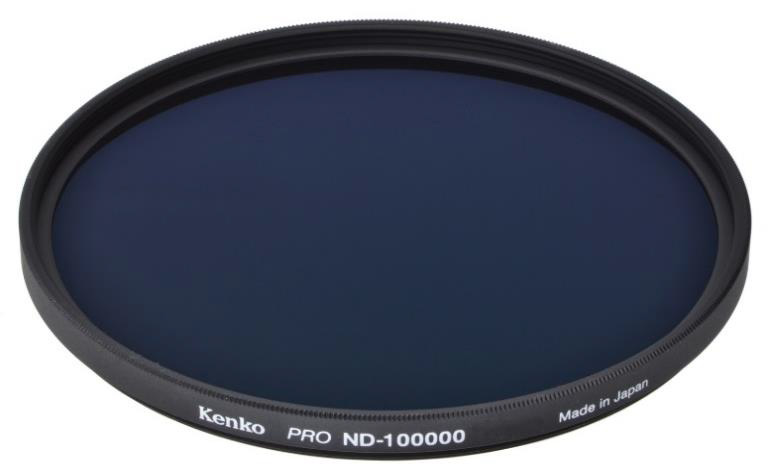
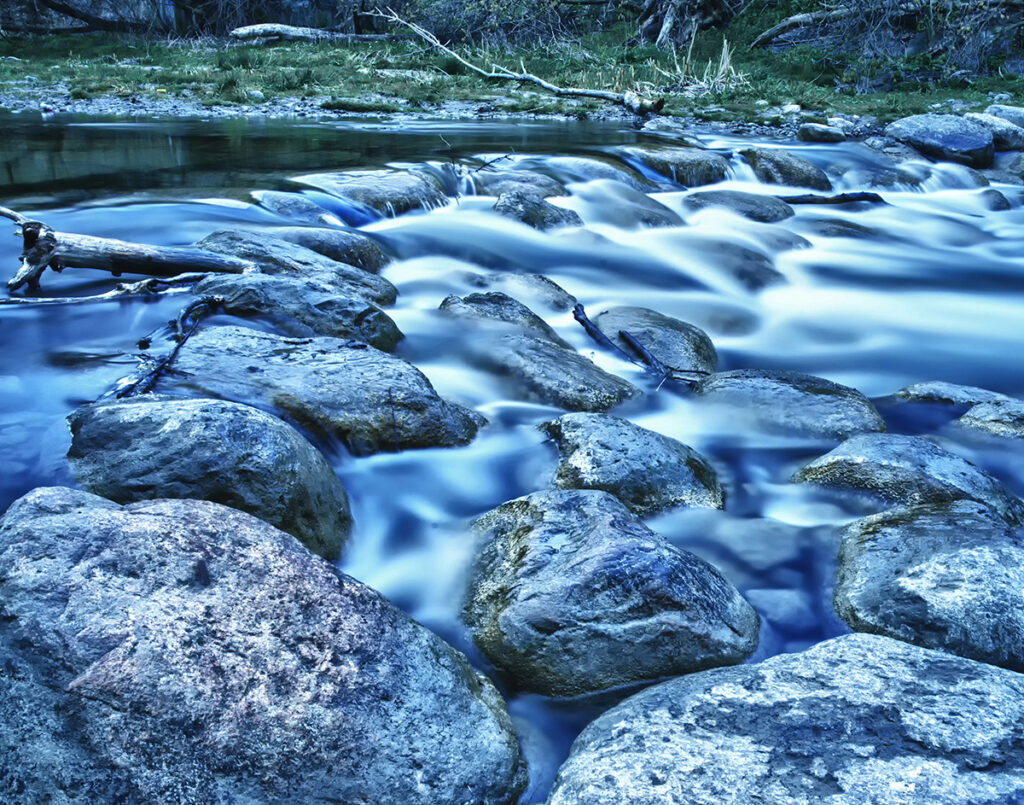
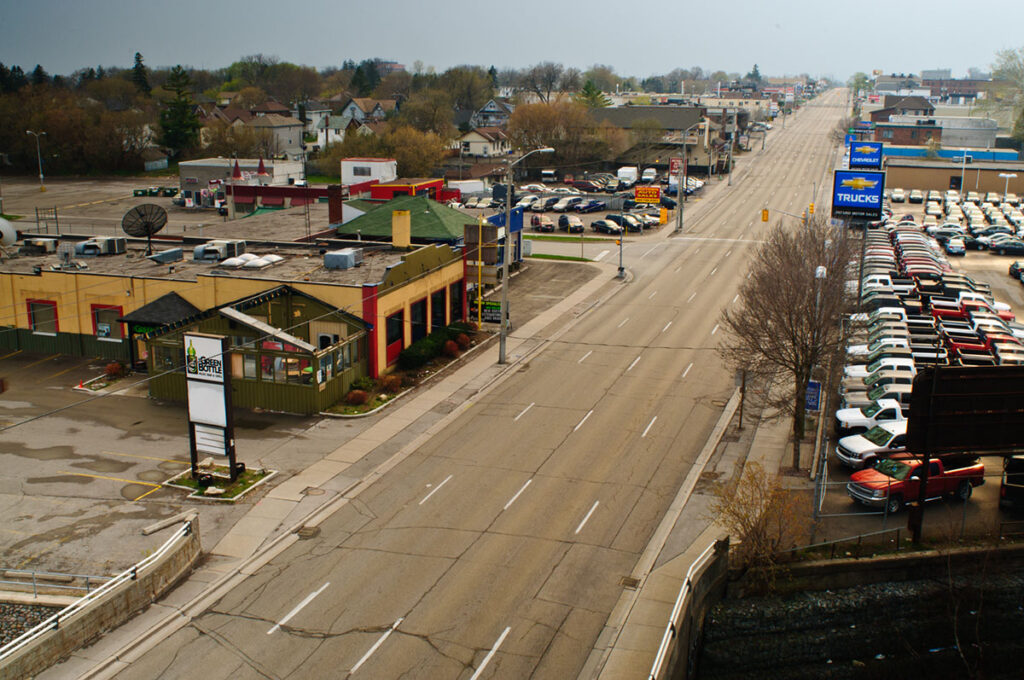






Hi Will:
Is there a formula to determine exposure time when using the ND-100000 or just trial and error?
Where can I get the Kenko PRO ND-100000?
Hi Donald,
You can get the Kenko PRO ND100000 at https://www.kenko-global.ca/product/pro-nd100000-round-type/
Hi Don,
I see my colleague answered where you can get the filter.
The PDF referenced at the beginning of the articles gives you an idea of exposure adjustment, but I use one of two apps on my phone:
Photo Tools https://play.google.com/store/apps/details?id=be.hcpl.android.phototools
Exposure Calclular https://play.google.com/store/apps/details?id=com.quicosoft.exposurecalculator.app
Enter your camera exposure settings before you put the ND filter on, then tell the app how many stops your ND is blocking. The app will return a shutter speed for the proper exposure.
Great article and suggestions Will.
I used my ND1000 during the last eclipse along with F/22 at 1/4000.
Thanks, Shawn,
If you were using a wide angle lens, you’re probably safe with the ND1000. That’s the absolute least amount of ND I would use for a solar eclipse. If you’re shooting with a tele lens, you need to go darker. I’ve got a 96mm Pro ND1000000 for this upcoming eclipse to put on my 150-600.
We saw a couple of burnt lenses and the camera companies saw burnt sensors after the last eclipse 😉
I would theorize that since we’re catching the tail end of the event at sunrise, the natural pollution haze and thickness of the atmosphere at the horizon will function as a solar filter itself and you might not need a filter at all.
Jim (astronomer)